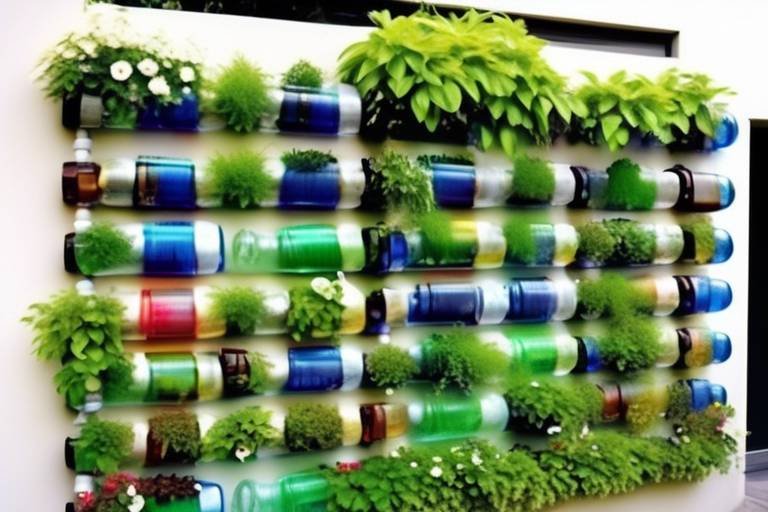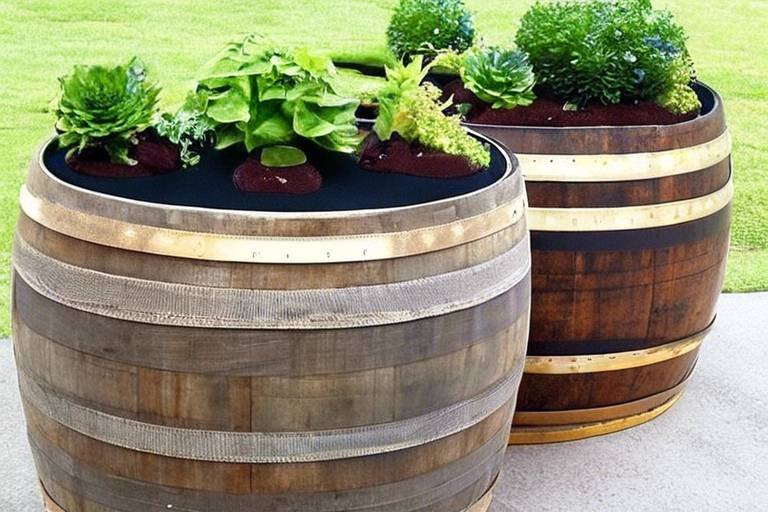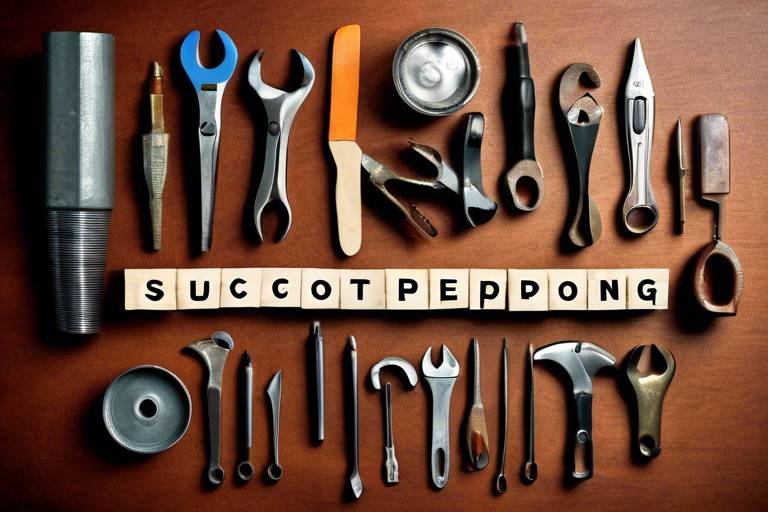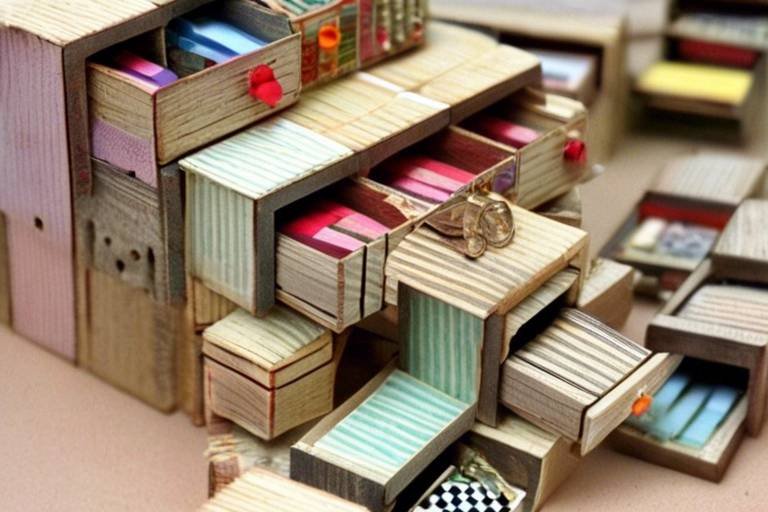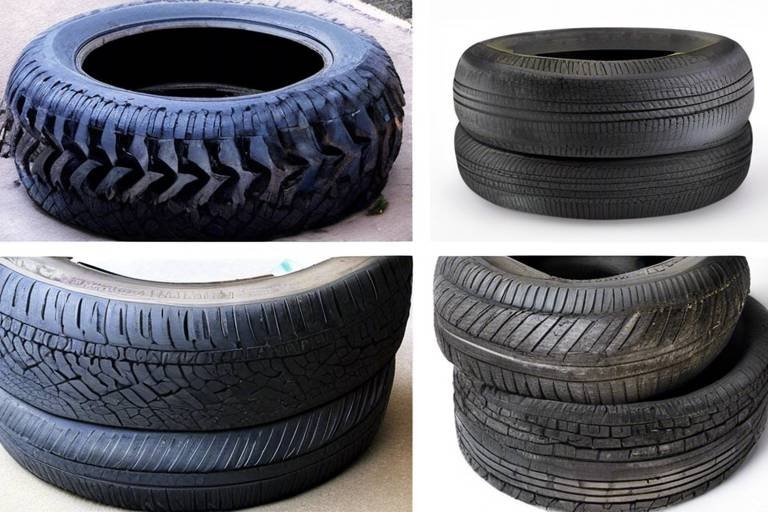Upcycle Plastic Bottles Into a Fun and Funky Vertical Garden
Have you ever looked at a plastic bottle and thought, "What a waste!"? Well, it’s time to change that perspective! Upcycling plastic bottles into a vertical garden not only helps reduce waste but also adds a splash of creativity and color to your outdoor space. Imagine transforming those mundane bottles into a vibrant green display that catches the eye and showcases your personality. It’s like giving those bottles a second chance at life, and the best part? You don’t need to be a gardening expert to pull this off!
Vertical gardens are not just for the elite or the experienced gardener; they can be a fun project for anyone looking to add a touch of nature to their home. The idea of growing plants in a space-saving manner has gained popularity, especially among urban dwellers who might not have access to a traditional garden. By using plastic bottles, you can create a unique and eco-friendly garden that will not only beautify your space but also benefit the environment.
In this article, we will explore the exciting world of upcycling plastic bottles into a funky vertical garden. We’ll delve into the benefits of this project, the materials you’ll need, and provide a step-by-step guide to help you create your very own garden masterpiece. Plus, we’ll share tips on choosing the right plants and maintaining your vertical garden for long-lasting beauty. So, roll up your sleeves and get ready to embark on this delightful gardening adventure!
When you think about it, upcycling plastic bottles is like giving Mother Nature a high-five! Not only does it reduce waste, but it also conserves resources and encourages creativity. Here are some key benefits:
- Waste Reduction: Millions of plastic bottles end up in landfills every year. By upcycling, you’re helping to decrease this waste.
- Resource Conservation: Using materials that you already have reduces the need for new resources, making it a sustainable choice.
- Unique Designs: Upcycled gardens can be customized to fit your style, making your garden a reflection of your personality.
Additionally, vertical gardens can help improve air quality, provide insulation for buildings, and even reduce noise pollution. It’s a win-win situation all around!
Before you dive into this project, it’s essential to gather all the materials you’ll need. Here’s a quick rundown:
- Plastic bottles (various sizes)
- Scissors or a utility knife
- Drill with a small bit (for drainage holes)
- Potting soil
- Plants or seeds
- Support structure (like a wooden pallet or wall mount)
Having these materials on hand will set you up for success as you embark on this creative journey!
Now that you have your materials, let’s get into the nitty-gritty of creating your vertical garden. Follow these steps to transform those plastic bottles into a garden that will be the envy of your neighbors:
First things first, you need to prepare your plastic bottles. This step is crucial for ensuring your plants thrive. Start by cleaning the bottles thoroughly to remove any residues. Next, cut the bottles in half or create openings depending on your design. Don’t forget to drill small holes at the bottom for drainage—this is vital to prevent water from pooling and causing root rot.
Once your bottles are ready, it’s time to assemble your vertical structure. You can use a variety of methods, such as:
- Wooden pallets
- Frames made from old wood
- Wall mounts or trellises
Choose a method that suits your style and available space. The goal is to create a sturdy base that will support your bottles and plants.
Now comes the fun part—selecting the plants! Consider factors like sunlight, water needs, and growth habits when choosing your plants. Some great options for vertical gardens include herbs like basil and mint, flowering plants like petunias, or even leafy greens like lettuce. The key is to choose plants that will thrive in your specific environment.
If you’re new to gardening or have a busy lifestyle, opt for low-maintenance plants. Here are a few that require minimal effort:
- Succulents
- Spider plants
- Pothos
These plants are not only easy to care for but also add a touch of greenery to your vertical garden.
To keep your vertical garden thriving year-round, consider seasonal planting. Rotate plants based on the season, ensuring you have blooms or greenery throughout the year. For instance, plant cool-season crops like spinach in the spring and switch to warm-season crops like tomatoes in the summer.
Finally, let’s talk maintenance! Regular watering, fertilizing, and occasional pruning are essential to keep your vertical garden healthy and vibrant. Make it a habit to check your plants weekly, ensuring they have enough water and nutrients. With a little care, your upcycled vertical garden will flourish, providing beauty and joy for years to come.
Q: How often should I water my vertical garden?
A: It depends on the plants you choose, but generally, check the soil moisture weekly and water as needed.
Q: Can I use any type of plastic bottle?
A: Yes, most plastic bottles work well, but avoid those with strong chemicals or residues.
Q: How can I ensure my plants get enough sunlight?
A: Position your vertical garden in a spot that receives at least 6 hours of sunlight daily.

Benefits of Upcycling Plastic Bottles
Upcycling plastic bottles is not just a trendy activity; it’s a powerful way to make a positive impact on our environment while simultaneously beautifying our spaces. By transforming these everyday items into something useful, we tackle the growing issue of plastic waste. Did you know that millions of plastic bottles end up in landfills every year? When we upcycle, we reduce this waste significantly. Each bottle we repurpose is one less that contributes to the pollution of our planet.
Moreover, upcycling promotes resource conservation. Instead of relying on new materials to create garden containers or decor, we can give a second life to what we already have. This not only saves money but also reduces the demand for new plastic production, which is often harmful to our environment. Think of it as turning trash into treasure; every bottle can become a vibrant planter or a quirky garden feature, adding a unique touch to your outdoor space.
Another fantastic benefit of upcycling plastic bottles is the creative freedom it offers. The only limit is your imagination! You can create a vertical garden, hanging planters, or even decorative art pieces. This not only enhances your garden aesthetics but also provides a sense of accomplishment and personal expression. Imagine walking through your garden and seeing a colorful display of flowers and herbs thriving in what was once a discarded bottle. It’s a beautiful reminder of how creativity can transform the mundane into the extraordinary.
In addition to environmental and aesthetic benefits, upcycling also fosters a community spirit. When you share your upcycling projects with friends or online, you inspire others to join the movement. You might even host workshops or community events, bringing people together to learn about sustainability while having fun. This sense of community can lead to stronger bonds and shared values, making the world a little brighter, one upcycled project at a time.
To sum it up, the benefits of upcycling plastic bottles are plentiful:
- Waste Reduction: Decreases the amount of plastic waste in landfills.
- Resource Conservation: Saves money and reduces the need for new materials.
- Creative Expression: Allows for unique and personalized garden designs.
- Community Building: Inspires others to engage in sustainability efforts.
So, why not start your own upcycling project today? Not only will you be helping the planet, but you'll also create a stunning vertical garden that reflects your personality and values.
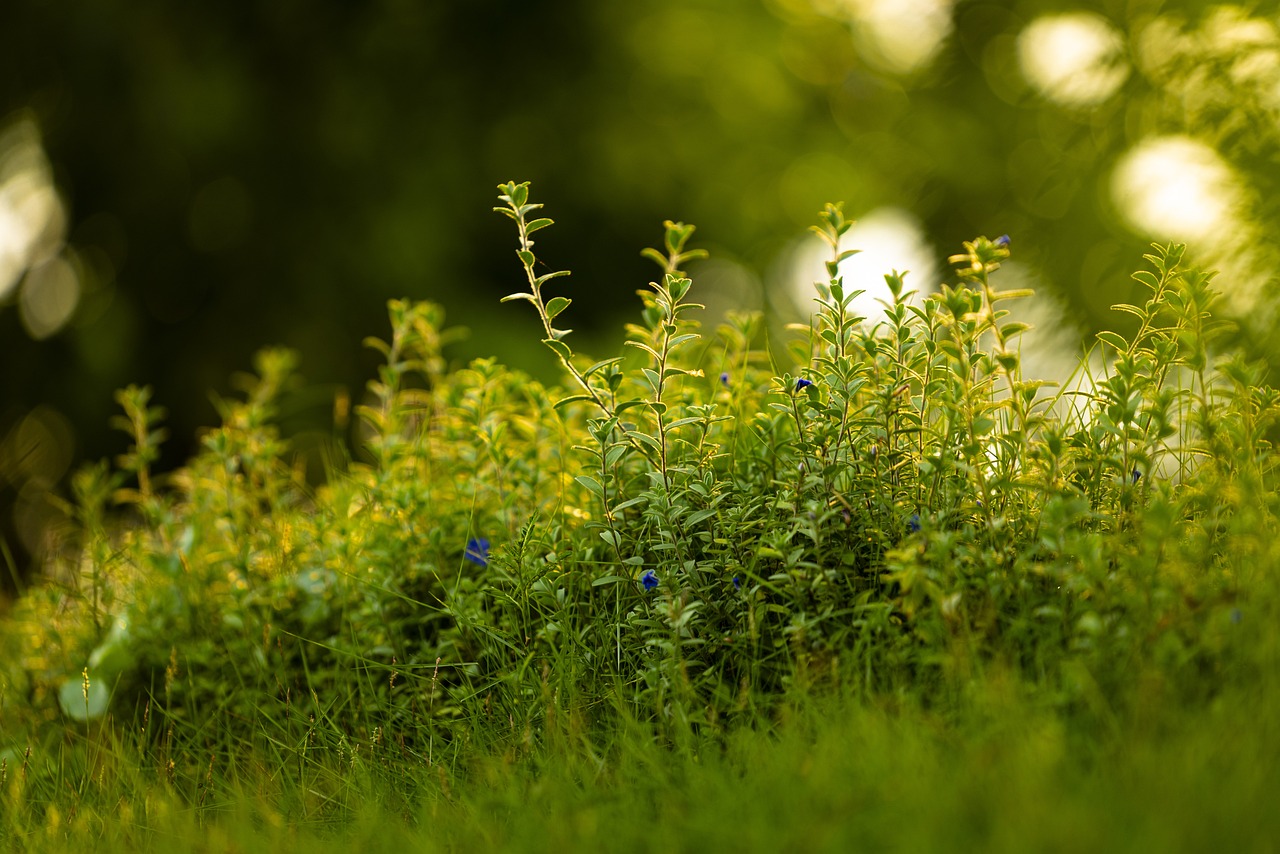
Materials Needed for Your Vertical Garden
Creating a stunning vertical garden from plastic bottles is not just a fun project; it’s an opportunity to express your creativity while being environmentally friendly. Before diving into this exciting venture, it’s crucial to gather all the necessary materials. This will ensure that your project runs smoothly and you won't find yourself scrambling for supplies midway through. Here’s what you’ll need:
First and foremost, the star of the show: plastic bottles. Depending on the size and design of your vertical garden, you can use various bottle sizes, from standard 1-liter bottles to larger 2-liter ones. Remember that the more bottles you collect, the bigger and more impressive your garden can become. You might also want to consider the color and shape of the bottles, as these can add a unique flair to your garden.
Next, let’s talk about the tools. You’ll need a few basic items to prepare the bottles and create the structure of your garden. Here’s a quick rundown:
- Scissors or a utility knife: For cutting the bottles to your desired size.
- Drill or a sharp object: To make drainage holes at the bottom of each bottle.
- String or wire: If you plan to hang your bottles, ensure you have something sturdy to support them.
- Measuring tape: To help you space your bottles evenly.
Once you have your bottles and tools, it’s time to gather soil and fertilizer. A good potting mix is essential for providing your plants with the nutrients they need. Look for a mix that retains moisture yet drains well, as this is vital for the health of your plants. You can also consider adding organic fertilizer to enhance the soil quality and promote growth.
Lastly, don’t forget about plants! Choosing the right plants is crucial for a thriving vertical garden. You’ll want to select plants that not only fit your aesthetic vision but also thrive in the conditions you can provide. Think about the amount of sunlight your garden will receive and choose plants accordingly. A mix of herbs, flowers, or even succulents can create a beautiful and functional garden.
In summary, the materials needed for your vertical garden include:
| Material | Purpose |
|---|---|
| Plastic Bottles | Containers for plants |
| Scissors/Utility Knife | Cutting bottles |
| Drill/Sharp Object | Creating drainage holes |
| String/Wire | Hanging support |
| Soil | Plant growth medium |
| Fertilizer | Nutrient supply |
| Plants | Adding greenery and beauty |
With these materials in hand, you’re all set to embark on your vertical gardening adventure. The thrill of turning something as mundane as plastic bottles into a vibrant, living piece of art is not only satisfying but also a step towards a more sustainable lifestyle. So, gather your supplies, unleash your creativity, and let’s get gardening!
1. Can I use any type of plastic bottle for my vertical garden?
Yes, you can use various types of plastic bottles, but ensure they are clean and free of any harmful residues. Clear bottles are great for sunlight absorption, while colored ones can add a unique aesthetic.
2. How often should I water my vertical garden?
The watering frequency will depend on the plants you choose and the climate in your area. Generally, check the soil moisture regularly and water when it feels dry to the touch.
3. What if I don’t have a lot of sunlight?
If your vertical garden doesn’t receive much sunlight, consider using shade-tolerant plants or placing your garden in a location that gets indirect light.
4. Is it necessary to use fertilizer?
While it’s not strictly necessary, using fertilizer can significantly enhance plant growth and health, especially in a confined space like a bottle.
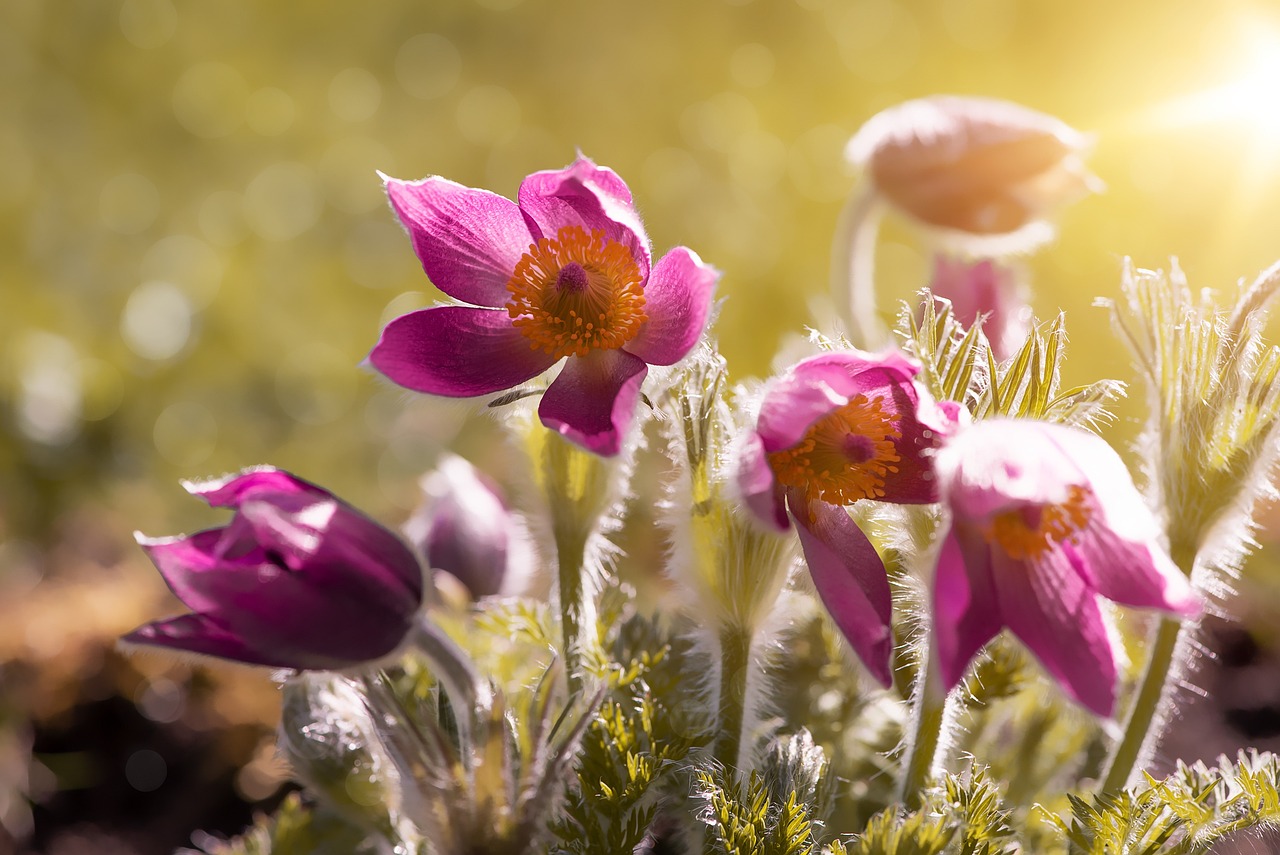
Step-by-Step Guide to Creating Your Vertical Garden
Creating a vertical garden from plastic bottles is not only a fun project but also a fantastic way to give your outdoor space a vibrant touch. Let’s dive into the step-by-step process that will transform those ordinary bottles into a stunning green masterpiece. Are you ready to roll up your sleeves and get started? Here’s how you can do it!
First things first, gather all your materials. You’ll need an assortment of plastic bottles, scissors, a drill or a sharp knife, soil, and, of course, your choice of plants. It’s like preparing for a cooking show—having everything at hand makes the process smoother and more enjoyable. Make sure to clean the bottles thoroughly to remove any residue. After all, we want our plants to thrive in a clean environment!
Next up is the preparation of the bottles. Start by cutting the bottles in half or creating openings on the sides, depending on your design preference. This is crucial because it allows for proper drainage and air circulation, which are vital for your plants' health. Use the drill to make holes at the bottom of each bottle for drainage. You can also create additional holes along the sides for air circulation. Think of it like creating a cozy home for your plants where they can breathe easy!
Now that your bottles are ready, it’s time to assemble your vertical garden structure. You can get creative here! Use wooden pallets, old frames, or even wall mounts. The idea is to stack the bottles in a way that they are secure and can hold the weight of the soil and plants. For example, if you opt for a pallet, lay it flat and attach the bottles with zip ties or string. This method not only looks great but also allows for easy access to your plants. Imagine your vertical garden as a piece of art, where every bottle plays a role in the overall design!
Once your structure is ready, it’s time to fill those bottles with soil. Make sure to use a good quality potting mix that provides the necessary nutrients for your plants. Fill each bottle about three-quarters full, leaving enough space for the plants. If you're feeling adventurous, you can even mix in some organic compost to give your plants an extra boost. Who wouldn’t want to pamper their plants a little?
After filling the bottles with soil, it’s time to plant! Choose plants based on your vertical garden's exposure to sunlight. For instance, if your garden gets a lot of sun, opt for sun-loving plants like succulents or herbs. On the other hand, if it’s more shaded, consider ferns or shade-tolerant flowers. This is where your garden starts to come alive, and you can really express your personality through your plant choices!
Finally, don’t forget to water your plants after planting. It’s like giving them a refreshing drink after a long journey! Ensure that the water drains well to avoid soggy roots. As you watch your vertical garden grow, you’ll feel a sense of accomplishment that’s hard to beat.
Q: How do I ensure proper drainage in my vertical garden?
A: Make sure to drill holes at the bottom of each bottle for drainage. This will prevent water from accumulating and causing root rot.
Q: What types of plants are best for a vertical garden?
A: Choose plants based on sunlight exposure. Succulents and herbs thrive in sunny spots, while ferns and shade-tolerant flowers do well in shaded areas.
Q: How often should I water my vertical garden?
A: Watering frequency depends on the plants and the weather. Generally, check the soil moisture regularly and water when the top inch feels dry.
Now that you have a clear step-by-step guide, it’s time to unleash your creativity and start your vertical garden project. Remember, every bottle you upcycle not only beautifies your space but also contributes to a greener planet. Happy gardening!
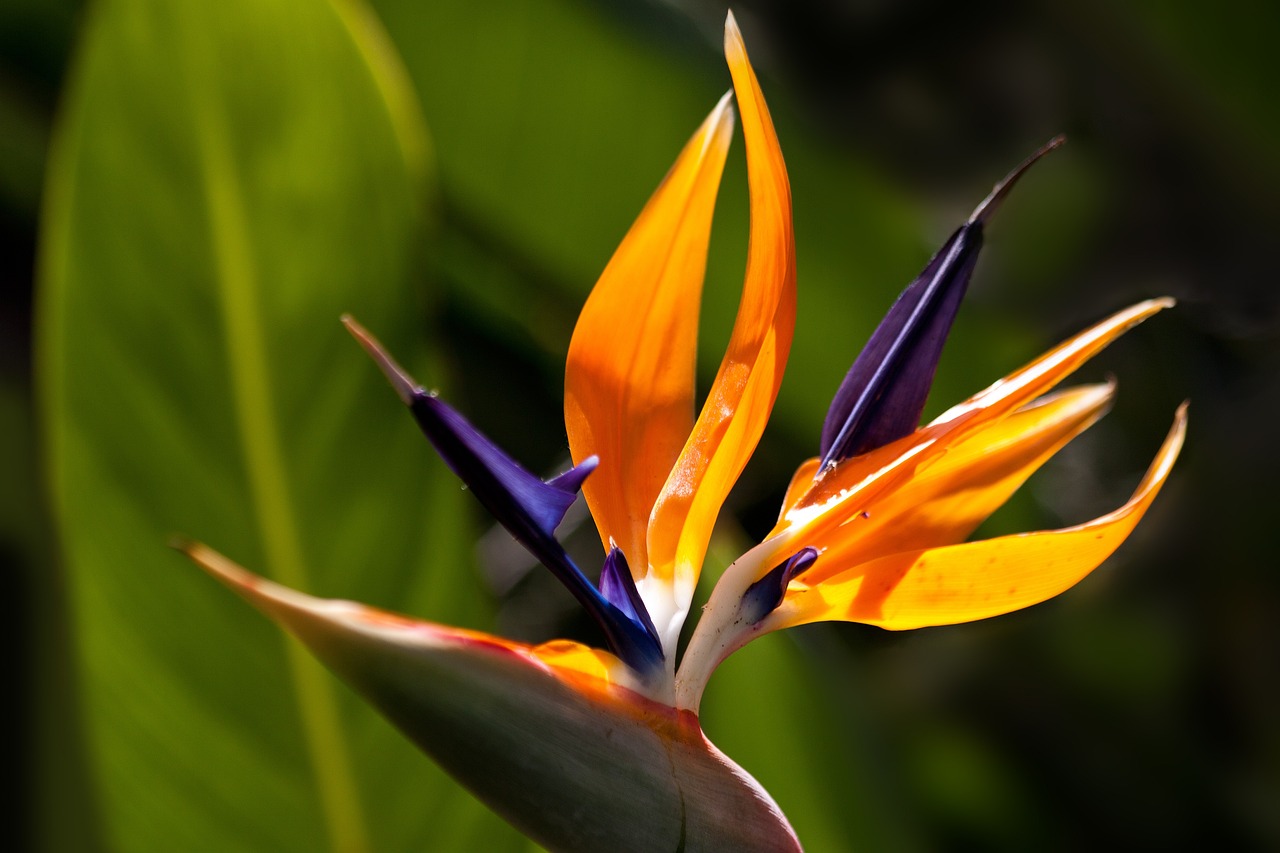
Preparing the Bottles
Before diving into the exciting world of vertical gardening with plastic bottles, it's crucial to prepare your bottles properly. This step is more than just a chore; it sets the foundation for a thriving green space that not only looks great but also supports healthy plant growth. Think of your bottles as the canvas for a beautiful painting—if the canvas isn't prepped right, the masterpiece may not turn out as expected!
First things first, cleanliness is key. Make sure to rinse out any residue from the bottles. A quick wash with warm soapy water will do the trick, removing any lingering flavors from previous contents. After rinsing, leave them to dry completely. This step is essential because any leftover moisture can lead to mold, which is the last thing you want in your vertical garden!
Next up, we need to get our scissors ready. Carefully cut the bottles in half or create openings on the sides, depending on how you envision your garden. For a more stylish look, consider cutting the bottles at an angle or creating a series of small holes at the bottom for drainage. Remember, drainage is vital! If water accumulates, your plants will suffer, and nobody wants a sad garden.
Now it's time to add some holes for drainage. Using a drill or a sharp object, make a few small holes at the bottom of each bottle. This allows excess water to escape, ensuring that your plants don't drown. You can also create holes along the sides for air circulation, which helps prevent mold and promotes healthy growth.
To give your garden a more polished look, consider decorating the bottles. You can use non-toxic paint, twine, or even fabric to cover them. This not only enhances the aesthetic appeal but also gives each bottle a unique personality. After all, your garden should reflect your style!
Lastly, it’s a good idea to label your bottles, especially if you're using different plants. You can use a permanent marker or small tags to write down the plant names. This way, you’ll know exactly what you’re growing and can provide the right care for each plant.
In a nutshell, preparing your plastic bottles is a multi-step process that involves:
- Cleaning and drying
- Cutting and drilling for drainage
- Decorating for personal flair
- Labeling for easy identification
By taking the time to prepare your bottles thoroughly, you're setting the stage for a successful vertical garden that will not only be a feast for the eyes but also a testament to your creativity and commitment to sustainability. So roll up your sleeves and get ready to transform those humble plastic bottles into a vibrant green masterpiece!
Q: Can I use any type of plastic bottle for my vertical garden?
A: Yes, most plastic bottles can be used, but it's best to avoid those that previously contained harmful substances. Water bottles, soda bottles, and juice containers are great options!
Q: How often should I water my vertical garden?
A: It depends on the plants you choose, but generally, you should check the moisture level regularly. Most plants prefer to dry out slightly between waterings.
Q: What if I don’t have a drill for making holes?
A: You can use a heated metal object (like a screwdriver) to poke holes, or even a sharp knife if you're careful. Just ensure that the holes are small enough to allow drainage without losing soil.
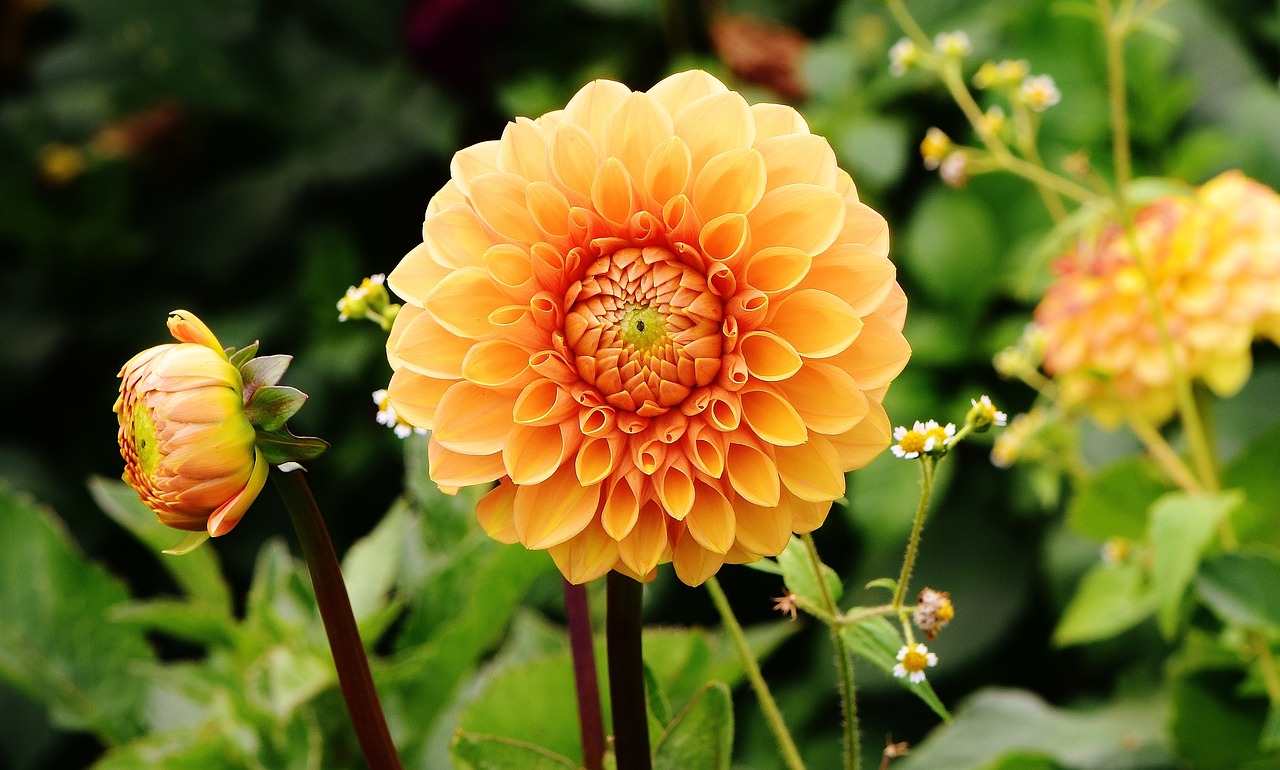
Assembling the Vertical Structure
Now that you have your plastic bottles prepped and ready, it’s time to tackle the exciting part: assembling your vertical garden structure! This is where your creativity can truly shine, and the possibilities are endless. You can choose from various methods to create a sturdy and visually appealing framework for your garden. Whether you prefer a rustic look with wooden pallets, a sleek modern design with frames, or a more innovative approach using wall mounts, the choice is yours!
Let’s delve into some popular options for assembling your vertical garden:
- Pallets: Wooden pallets are a fantastic option for creating a vertical garden. They are often available for free or at a low cost from local businesses. Simply stand the pallet upright, secure it to a wall or fence, and fill the spaces with your prepared plastic bottles. The rustic charm of the wood combined with the greenery will create a stunning visual effect.
- Frames: If you’re looking for a more structured approach, building a frame might be the way to go. You can use wood or metal to create a rectangular or square frame. Attach your bottles to the frame using wire or strong adhesive, ensuring they are securely fastened. This option is great for those who want a clean, organized look.
- Wall Mounts: For those with limited space, wall mounts are a brilliant solution. You can purchase pre-made wall-mounted planters or create your own by attaching brackets to the wall and securing your bottles in place. This method not only saves space but also adds a unique touch to your outdoor or indoor decor.
Regardless of the method you choose, there are a few important tips to keep in mind during the assembly process:
- Stability: Ensure that your structure is stable and can support the weight of the bottles filled with soil and plants. You don’t want your beautiful creation to come crashing down!
- Accessibility: Arrange your bottles in a way that allows for easy access for watering and maintenance. You’ll want to be able to reach every plant without too much hassle.
- Drainage: Make sure that your bottles have proper drainage holes. This is crucial to prevent water from accumulating and causing root rot. Remember, your plants need to breathe, just like you do!
Once you have your structure assembled, step back and admire your handiwork. You’re not just building a vertical garden; you’re creating a living piece of art that will enhance your space and bring joy to your life. So grab your gardening gloves and get ready to fill those bottles with soil and plants. Your vertical garden adventure is just beginning!
Q: How do I ensure my vertical garden gets enough sunlight?
A: Position your vertical garden in a spot that receives at least 6 hours of sunlight daily. If you’re using a wall mount, consider the direction it faces—south or west-facing walls generally get the most light.
Q: Can I use any type of plastic bottle for my vertical garden?
A: Yes, most plastic bottles can be used! However, larger bottles like 2-liter soda bottles provide more space for plants and soil, making them a popular choice.
Q: How often should I water my vertical garden?
A: The watering frequency depends on the plants you choose and the climate. Generally, check the soil moisture regularly; if it feels dry an inch below the surface, it’s time to water.
Q: What if I don’t have a lot of space for a vertical garden?
A: No worries! Vertical gardens are perfect for small spaces. You can use wall mounts or hang your bottles on a fence, balcony, or even inside your home.

Choosing the Right Plants
When it comes to creating a stunning vertical garden, one of the most crucial decisions you'll make is . The plants you select will not only determine the aesthetic appeal of your garden but also its overall health and sustainability. So, how do you go about picking the perfect plants? First, consider the environmental conditions of your vertical garden. Factors such as sunlight exposure, water availability, and the climate in your area will significantly influence your choices.
For instance, if your vertical garden is positioned in a sunny spot, you might want to opt for plants that thrive in bright light. On the other hand, if your garden is shaded for most of the day, consider plants that are more tolerant of lower light conditions. Here are some popular options to consider:
- Herbs: Basil, mint, and parsley are fantastic choices for vertical gardens. They not only add beauty but also provide fresh herbs for your kitchen!
- Succulents: These hardy plants require minimal water and are perfect for sunny spots, making them an ideal choice for vertical gardens.
- Flowering Plants: Consider vibrant flowers like petunias or nasturtiums to add a pop of color to your garden.
Next, think about the growth habits of the plants you are considering. Some plants, like climbing vines, are perfect for vertical structures as they naturally grow upwards. Others, like trailing plants, can create a beautiful cascading effect. It’s essential to mix and match different types of plants to create a visually appealing arrangement. For example, pairing tall plants with shorter ones can add depth and dimension to your vertical garden.
Additionally, it’s wise to consider the maintenance level of the plants you choose. If you’re a busy individual or new to gardening, opting for low-maintenance plants can save you time and frustration. Some excellent low-maintenance options include:
- Spider plants
- Pothos
- Ferns
Finally, don’t forget to think about seasonal changes. Some plants thrive in specific seasons, so it might be beneficial to rotate your plants throughout the year. For example, consider planting cool-season crops like lettuce and spinach in the spring and summer flowers like zinnias and marigolds in the warmer months. This approach not only keeps your garden looking fresh and vibrant but also maximizes your gardening potential.
In summary, choosing the right plants for your vertical garden involves considering environmental conditions, growth habits, maintenance levels, and seasonal changes. By taking the time to select plants that suit your specific needs and preferences, you’ll create a thriving, beautiful vertical garden that brings joy and vibrancy to your space.
Q: Can I use any type of plant in my vertical garden?
A: While many plants can thrive in vertical gardens, it's essential to choose those that fit your garden's specific light, water, and space conditions.
Q: How often should I water my vertical garden?
A: The watering frequency depends on the plants you choose and the climate. Generally, check the soil moisture regularly and water when the top inch feels dry.
Q: What if my vertical garden doesn't get enough sunlight?
A: If sunlight is limited, opt for shade-tolerant plants or consider using grow lights to supplement natural light.
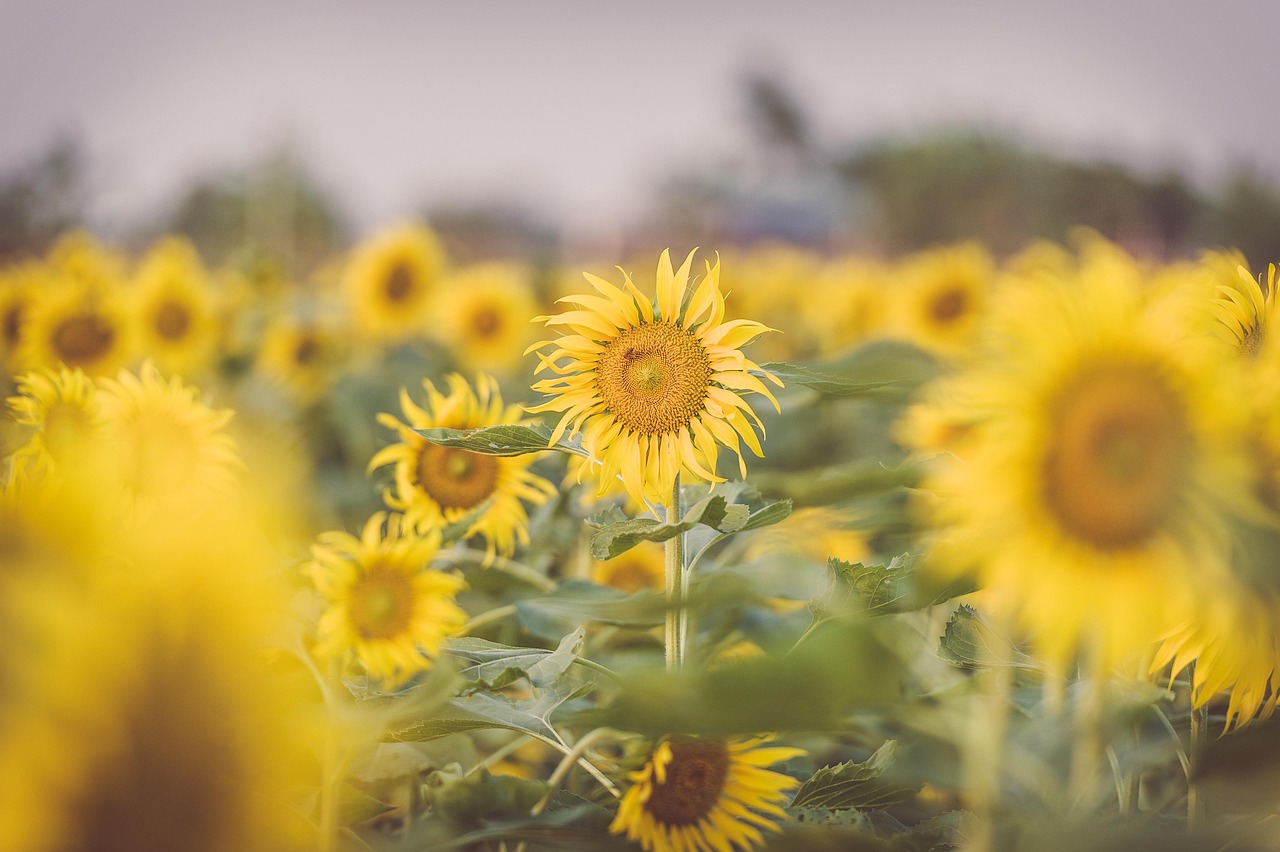
Low-Maintenance Plant Options
When it comes to creating a vertical garden, the last thing you want is to spend all your time fussing over plants that require constant attention. Luckily, there are plenty of that can thrive in your upcycled plastic bottle garden without demanding too much of your time or energy. Imagine having a vibrant, green wall without the hassle of daily upkeep—sounds dreamy, right?
One of the best choices for a low-maintenance vertical garden is the succulent. These hardy little plants are not only aesthetically pleasing but also incredibly resilient. They require minimal watering, making them perfect for those who might forget to tend to their garden regularly. You can find a variety of succulents, from the classic aloe vera to colorful hens and chicks, all of which can add a unique flair to your vertical setup.
Another fantastic option is the pothos, known for its trailing vines and heart-shaped leaves. This plant is a champion when it comes to surviving in various light conditions, and it doesn’t mind a little neglect. Just hang it up, let it cascade down, and enjoy the lush greenery without worrying about constant care. Plus, pothos is known for its air-purifying qualities, making it a great choice for both aesthetics and health!
If you're looking for something that blooms, consider the begonia. These beauties come in a variety of colors and can thrive with minimal fuss. They prefer indirect light and only need watering when the soil feels dry. With their vibrant flowers and lush foliage, begonias can bring a pop of color to your vertical garden.
To help you choose the best plants for your vertical garden, here’s a quick table comparing some low-maintenance options:
| Plant Name | Light Requirements | Watering Frequency | Benefits |
|---|---|---|---|
| Succulents | Bright, indirect light | Every 2-3 weeks | Drought-resistant, diverse varieties |
| Pothos | Low to bright, indirect light | Every 1-2 weeks | Air-purifying, trailing vines |
| Begonias | Indirect light | When soil is dry | Colorful blooms, easy care |
In addition to these plants, consider incorporating ferns into your vertical garden. They thrive in humid environments and can flourish with minimal watering. Just ensure they have enough indirect light, and they’ll reward you with lush green fronds that add a tropical feel to your space.
So, whether you’re an experienced gardener or just starting out, these low-maintenance plants will help you create a stunning vertical garden without the stress. By choosing the right plants, you can enjoy a beautiful green space that thrives on your terms—just like a good friend who knows when to give you space!
- What are the best plants for a vertical garden? Low-maintenance options include succulents, pothos, and begonias, among others.
- How often should I water my vertical garden? It depends on the plants you choose, but generally, every 1-3 weeks is sufficient for low-maintenance varieties.
- Do I need to fertilize my vertical garden? Yes, but you can use a diluted liquid fertilizer every few months to keep your plants healthy.
- Can I grow vegetables in a vertical garden? Absolutely! Many vegetables can thrive in vertical gardens, but they may require a bit more care than ornamental plants.
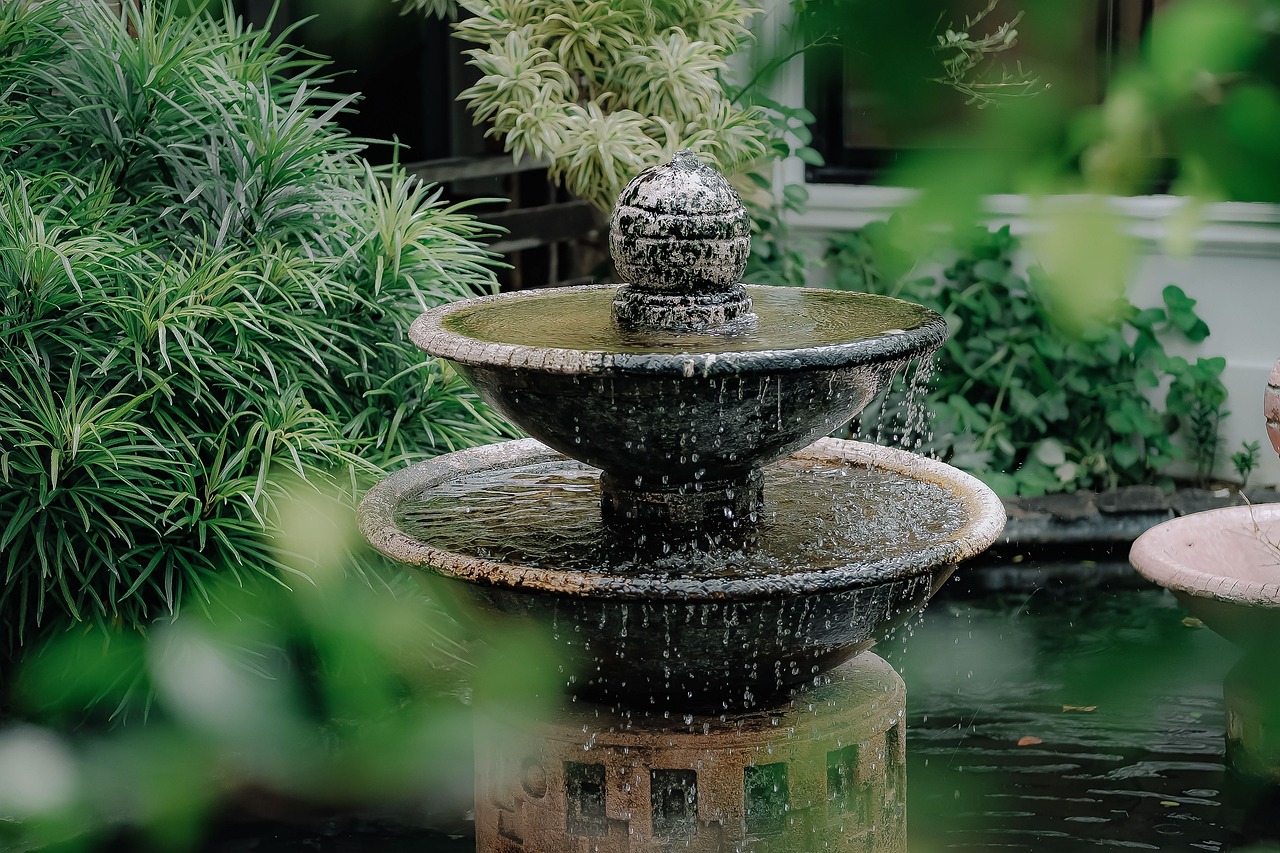
Seasonal Planting Tips
When it comes to maintaining a vibrant vertical garden, understanding the seasons is crucial. Just like a well-timed dance, your plants need to be in sync with the rhythm of nature. Each season brings its own unique challenges and opportunities, and knowing what to plant when can mean the difference between a flourishing garden and a sad collection of wilted leaves. So, let’s dive into some essential seasonal planting tips that will keep your vertical garden thriving all year round!
First off, let’s talk about spring. This is the prime time for planting! The soil is warming up, and the days are getting longer, which is perfect for most plants. Consider adding herbs like basil, parsley, and chives, as they love the sun and will flourish in your vertical setup. Additionally, vibrant flowers such as petunias and marigolds can add a splash of color to your garden, making it not just functional but also a feast for the eyes.
As we transition into summer, it’s time to think about heat-loving plants. Tomatoes and peppers are fantastic choices, but remember, they need plenty of sunlight and water. If you’re short on time, you might want to opt for succulents and cacti, which require less maintenance and can handle the summer heat like pros. Just be sure to keep an eye on their watering needs!
When the leaves start to turn and autumn rolls in, it’s a great opportunity to plant cool-weather crops. Think about adding kale, spinach, and lettuce to your vertical garden. These greens not only thrive in cooler temperatures but can also add a fresh crunch to your salads. Plus, with the right care, these plants can often last well into the early winter.
Finally, as winter approaches, you might think it’s time to pack up your garden, but that’s not the case! Many gardeners overlook the beauty of winter planting. You can use this time to prepare your vertical garden for the next growing season. Consider planting evergreens or winter flowers like pansies, which can add some color to those dreary winter days. Additionally, this is the perfect time to focus on maintaining your garden structure and ensuring everything is ready for spring.
To make things even easier, here’s a quick reference table for seasonal planting:
| Season | Recommended Plants |
|---|---|
| Spring | Herbs (basil, parsley), Flowers (petunias, marigolds) |
| Summer | Tomatoes, Peppers, Succulents |
| Autumn | Kale, Spinach, Lettuce |
| Winter | Evergreens, Winter Flowers (pansies) |
Remember, gardening is as much about experimentation as it is about following guidelines. Don’t hesitate to try different plants and see what works best for your vertical garden. By understanding the seasons and adjusting your planting strategy accordingly, you’ll create a lush, vibrant space that not only beautifies your environment but also brings joy and satisfaction!
- What are the best plants for a vertical garden? - It depends on your climate, but herbs, flowers, and certain vegetables like lettuce and tomatoes are great choices.
- How much sunlight do vertical gardens need? - Most plants thrive with at least 6 hours of sunlight a day, so choose a spot that gets plenty of sun.
- Can I grow vegetables in a vertical garden? - Absolutely! Many vegetables can flourish in a vertical garden, especially those that don’t require deep soil.
- How do I maintain my vertical garden? - Regular watering, pruning, and fertilizing are key. Make sure to check your plants frequently for any signs of pests or disease.
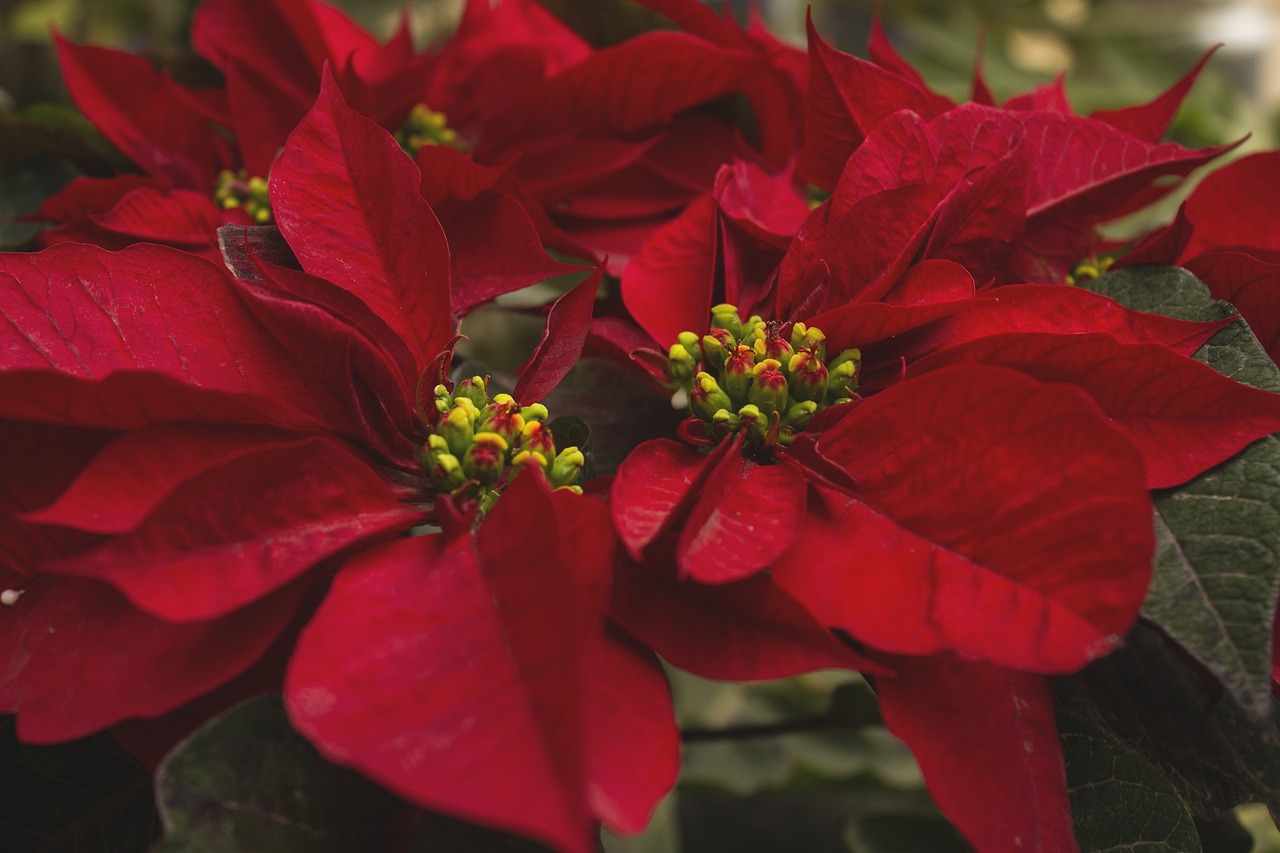
Maintaining Your Vertical Garden
Maintaining your vertical garden is like nurturing a relationship; it requires attention, care, and a bit of love. The beauty of a vertical garden is that it can flourish with minimal effort, but there are essential maintenance practices that can help ensure your plants remain healthy and vibrant. First and foremost, watering is crucial. Since the plants are in a vertical setup, they may dry out faster than those in traditional gardens. It's important to check the soil moisture regularly. A good rule of thumb is to water when the top inch of soil feels dry to the touch.
Next, let's talk about fertilizing. Just as we need nutrients to thrive, your plants need them too! Use a balanced, slow-release fertilizer every few months to keep your plants energized. If you're using organic materials, compost tea can be a fantastic option, providing a nutrient boost without any harsh chemicals. Remember to follow the recommended dosage; too much fertilizer can lead to nutrient burn.
Pruning is another critical aspect of maintenance. As your plants grow, they may start to crowd each other or become leggy. Regularly trimming back overgrown stems not only keeps your garden looking tidy but also encourages bushier growth. Aim to prune during the growing season, and don't be afraid to experiment with different shapes and sizes to create a visually appealing arrangement.
Additionally, monitoring for pests is vital. Vertical gardens can attract unwanted visitors like aphids or spider mites. If you notice any signs of infestation, act quickly! You can use insecticidal soap or neem oil as a natural remedy. Regularly inspecting your plants will help you catch any problems early on.
Lastly, consider the seasonal changes. As the seasons shift, so do the needs of your plants. Some may require more water during the hotter months, while others might need protection from frost in the winter. Keeping a seasonal calendar can help you stay organized and ensure your plants get the care they need throughout the year.
To summarize the key maintenance practices for your vertical garden, here's a quick reference table:
| Maintenance Task | Frequency | Notes |
|---|---|---|
| Watering | Every few days | Check soil moisture regularly |
| Fertilizing | Every 2-3 months | Use a balanced fertilizer |
| Pruning | As needed | Encourage bushier growth |
| Pest Monitoring | Weekly | Inspect for signs of infestation |
| Seasonal Adjustments | Seasonally | Adapt care based on plant needs |
By following these simple maintenance tips, you can enjoy a lush and thriving vertical garden that not only beautifies your space but also contributes positively to the environment. Remember, every plant is unique, and as you get to know your garden, you'll discover the best practices that work for you!
Q: How often should I water my vertical garden?
A: Watering frequency depends on the plants and climate, but generally, check the soil every few days and water when the top inch feels dry.
Q: Can I use any type of plastic bottle for my vertical garden?
A: Yes, most plastic bottles work well, but avoid those with strong chemical residues. Rinse them thoroughly before use.
Q: What should I do if my plants are wilting?
A: Wilting can indicate either overwatering or underwatering. Check the soil moisture and adjust your watering schedule accordingly.
Q: Are there specific plants that thrive better in vertical gardens?
A: Yes! Some great options include herbs, succulents, and trailing plants. Choose plants based on your sunlight and water availability.
Frequently Asked Questions
- What are the benefits of upcycling plastic bottles into a vertical garden?
Upcycling plastic bottles not only helps reduce waste but also conserves resources and allows you to create unique garden designs. It's a fun way to enhance your outdoor space while contributing to environmental sustainability!
- What materials do I need to create a vertical garden from plastic bottles?
You'll need plastic bottles, a cutting tool, a drill, soil, and your choice of plants. Optional materials include a frame or pallet for support, and paint or decorations to personalize your garden.
- How do I prepare the plastic bottles for my vertical garden?
Start by cleaning the bottles thoroughly. Cut them to your desired size and drill holes for drainage. This ensures your plants have the best environment to thrive!
- What are some effective ways to assemble the vertical structure?
You can use pallets, wall mounts, or even frames made from wood or metal. The choice depends on your space and creativity—let your imagination run wild!
- What types of plants are best for a vertical garden?
Consider plants that thrive in vertical spaces, like herbs, succulents, and flowering plants. Make sure to think about their sunlight and water requirements to keep them healthy!
- Are there low-maintenance plant options for beginners?
Absolutely! Some great low-maintenance choices include succulents, pothos, and ferns. These plants are hardy and require minimal care, making them perfect for novice gardeners.
- How can I maintain my vertical garden throughout the seasons?
Regular watering, fertilizing, and pruning are key to keeping your garden lush. Rotate your plants seasonally to ensure they receive the right conditions for growth!
- Can I use any type of plastic bottle for my vertical garden?
Yes, most plastic bottles work well! However, it's best to use bottles that are sturdy and have a wide enough opening for planting. Avoid bottles with harmful chemicals, like those that contained cleaning products.
- How do I ensure proper drainage in my vertical garden?
Drilling holes in the bottom of your bottles is essential for drainage. This prevents water from pooling, which can lead to root rot and other plant health issues.
- Is it possible to create a vertical garden indoors?
Definitely! As long as you provide adequate sunlight and ventilation, you can create a stunning indoor vertical garden using plastic bottles.

